Will A Dog with Parvo Drink Water or Eat? (Explained!)
Parvovirus is a terrible nightmare for all canines, especially younger pups. This DNA virus is capable of infecting the small intestine of dogs causing severe gastrointestinal problems.
Cardiac parvoviral infection also exists but is extremely rare. Infected dogs shed the virus in their stool. Any animal, human, or object who comes in contact with the infected faeces can transmit the disease to healthy dogs.
There are quite a number of symptoms associated with parvo like lethargy, diarrhea, fever, bloating, and abdominal pain. But will parvo cause a dog to turn his nose up at a bowl of food and water?
The parvovirus can infect the crypt cells and epithelial cells of a dog’s small intestine leading to the eventual breakdown of the epithelial lining of the intestine.
The absence of this lining strips the infected dog of its ability to absorb nutrients and water while allowing harmful bacteria to move into the body. Hence, dogs with parvo will often present with loss of appetite and decreased thirst.
Infection with canine parvovirus affects not just the gastrointestinal tract but also other rapidly dividing cells, such as the bone marrow, decreasing its capacity to produce white blood cells, which are essential for the dog’s immunity.
To learn more about the effects of parvo, its signs, symptoms, treatment, and recovery, read till the end.
Key takeaways
Parvo can make a dog lose its appetite and thirst.
Dehydration is a serious risk in parvo-affected dogs.
Dogs with parvo might refuse food and water due to nausea and vomiting.
Encourage hydration to support recovery, but don’t force feed or water.
Seek immediate veterinary care to combat the disease and manage symptoms.
Recovery can include gradual reintroduction to eating and drinking.
Successful recovery requires timely and appropriate veterinary treatment.
Will A Dog With Parvo Drink Water?
No, dogs with parvo tend to turn down water. This infection can cause your dog’s thirst to decrease. It also damages the epithelial cells in their intestine making them incapable of absorbing and holding down water. This condition can lead to severe dehydration if left untreated.
And in fact, dehydration is the leading cause of death in dogs infected with this parvo.
Just because your parvo-infected pet refuses to drink water doesn’t mean you should do nothing about it. Dogs with parvo are placed on fluid therapy to reverse the effects of dehydration, without which the condition can become fatal.
About 40ml/kg of fluids must be administered subcutaneously once every 8 hours to maintain their fluid balance. However, absorption from beneath the skin can become difficult in severe cases of infection due to poor circulation. In such cases, you must take the dog to a vet and have fluids administered intravenously. Veterinarians mostly recommend isotonic crystalloids during fluid therapy.
Once vomiting stops for 6-12 hours, you can introduce fluids orally through a catheter syringe at a frequency of 2-4 ml/pound every hour. This, however, does not give you a green signal to make them drink a lot of water. Their system is still weak, so drinking too much water can make them sick again.
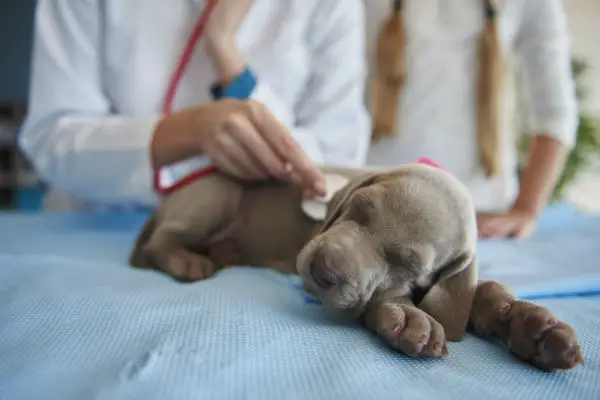
Will A Dog With Parvo Eat?
Infection with parvovirus can cause severe deterioration of a dog’s appetite and often infected dogs will not eat, even if you offer their favorite food. Coupled with impaired absorption of nutrients, this condition results in rapid loss of weight and malnutrition.
However, leaving them to starve does no good. Studies show that dogs with parvo who are introduced to enteral nutrition immediately after diagnosis have a faster recovery rate.
Fasting causes intestinal contractions leading to ‘hunger pains,’ making vomiting more frequent, and even increasing the chances of sepsis, among other adverse consequences. Therefore, you will have to consult your veterinarian and figure out ways to feed your dog.
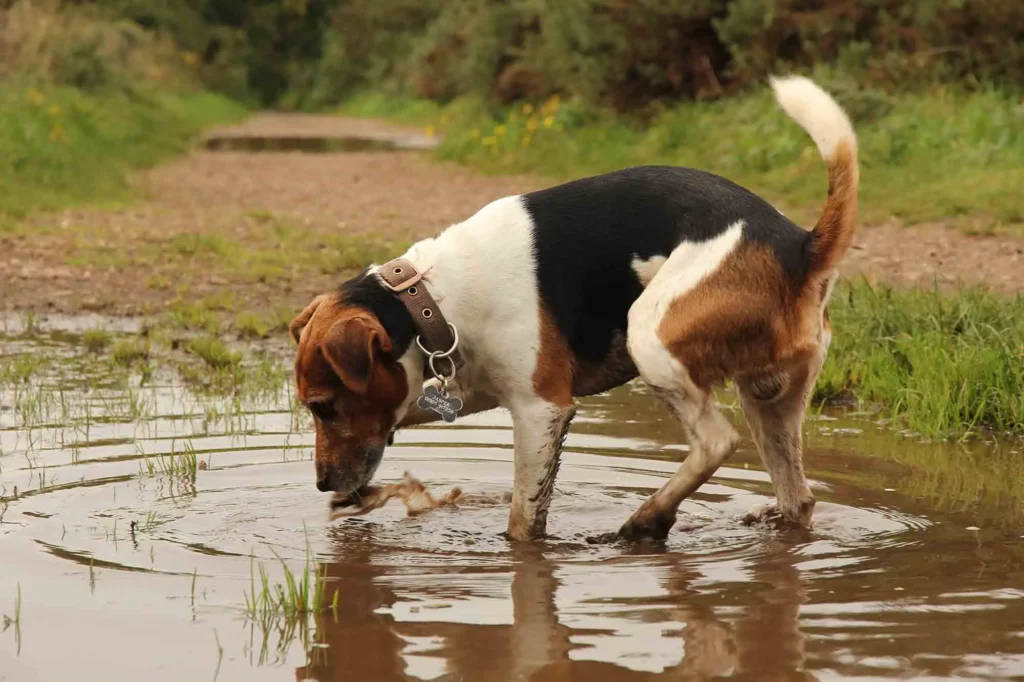
Early Signs Of Parvo
The incubation period of parvovirus is 3-7 days. After that, symptoms begin to show. If you see any of the symptoms mentioned below in your pet, rush them to the vet.
Bloody Diarrhea
Dogs infected with parvo will experience bloody diarrhea. Diarrhea is a result of impaired fluid absorption in the intestine. This can lead to dehydration if the viral infection is left untreated. The blood appears in the stool because of intestinal bleeding, which occurs due to the attack of the virus on the intestinal epithelial cells.
Vomiting
A dog with parvo will frequently vomit, causing it to get dehydrated when there is excessive loss of fluid. The color can range from yellow to dark brown or sometimes clear. Due to repeated vomiting, the digestive tract can be inflamed.
This can sometimes cause streaks of blood to appear in the vomit, giving off a strong odor. Drooling and foaming in the mouth are common symptoms too.
Loss Of Appetite
Loss of appetite is a significant sign of parvo. A dog, if infected with the virus, will refuse food. This results in loss of weight, making them lean and thin. Despite the rapid loss of weight, bloating can persist.
Lethargy
This is one of the first signs of the parvo. Your dog will become inactive. They will appear weary and down in the dumps. If you have a pet that lights up your day with their trots and gallops, you will see none of them happening after the disease crawls in.
Dehydration
Due to frequent diarrhea and vomiting, dogs with parvo will lose a lot of fluid. Dehydration often manifests in tacky gums, tented skin, and sunken eyes.
While pain, discomfort, and fever appear with the progression of the disease, low body temperature is a fairly common sign too. In some cases, due to the loss of the intestinal barrier, bacteria residing in the gut enter the bloodstream and secrete toxins. This leads to septicemia and causes the death of the dogs due to shock.
Parvo Recovery Signs
Parvovirus infection can take 5 to 10 days to recover, provided there is no onset of secondary infections. Here are a few signs to watch out for in your dog recovering from parvo.
Vomiting Stops
Major signs of recovery from parvo include cessation of vomiting, drooling, and foaming in the mouth.
No More Bloody Diarrhea
When you see no blood in the stool, it is a sign that your dog’s intestine is healing. It is also accompanied by the stool regaining a firmer consistency.
Increased Appetite
Dogs recovering from parvo will show interest in eating and increased absorption of food and water. However, just like drinking too much water can harm your recovering pet, eating a lot can also worsen the condition.
So make sure that your dog doesn’t overeat even if it is desperate to gulp down food after a long stretch of starving due to the parvo infection.
Increased Activity
As the discomfort subsides, the recovering dogs become more energetic and responsive.
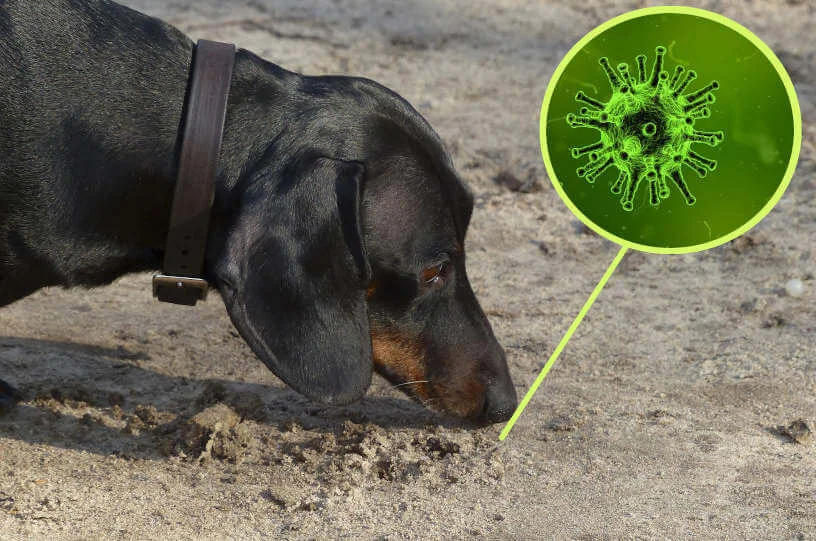
Dog With Parvo Drinking Water But Not Eating
In parvoviral enteritis, it takes time for the lost appetite to return. If your dog with parvo is drinking water but not eating, it is likely that he is in the early or recovery stage. It’s important that you take a trip to your vet if you are yet to.
There are various ways to boost their appetite and get some nutrients into their body. You can try boiling chicken and giving them the strained water to drink.
You can also add vitamins or other supplements available in powder form to water and feed them. If they turn them down, you must talk to your vet and plan further actions.
Should I Force Feed My Puppy With Parvo
It is common for dogs with parvo to refuse food. However, if left to starve, this can do no good to him. You must provide your sick pup with the required nutrients to fight off the virus even while receiving treatment.
Force-feeding can come to the rescue but it definitely should not be your first go-to. There are a lot of things to factor in before you decide whether to force-feed your pooch.
First and foremost, you should only consider force-feeding after you have taken your dog to the vet for treatment. Also, the guidance of a veterinarian should be sought before carrying out the procedure. It’s advised that you have a thorough discussion with your vet on what kind of food you can administer through a syringe often used for this purpose.
Remember to give your dog up to 2 days from when they ate before considering alternative methods of feeding like force-feeding.
While waiting you can put effort into making his food bowl more appetizing. Give him low-sodium chicken or turkey broth, add water to his kibble, pour goat milk and yogurt, or mix his food with chopped veggies.
As they recover and show the capability to hold food down, you can hand-feed them if they still do not show any interest in eating on their own. Anti-nausea, anti-diarrheal medications, and probiotics will often be prescribed to make your pup feel better and stimulate its appetite.
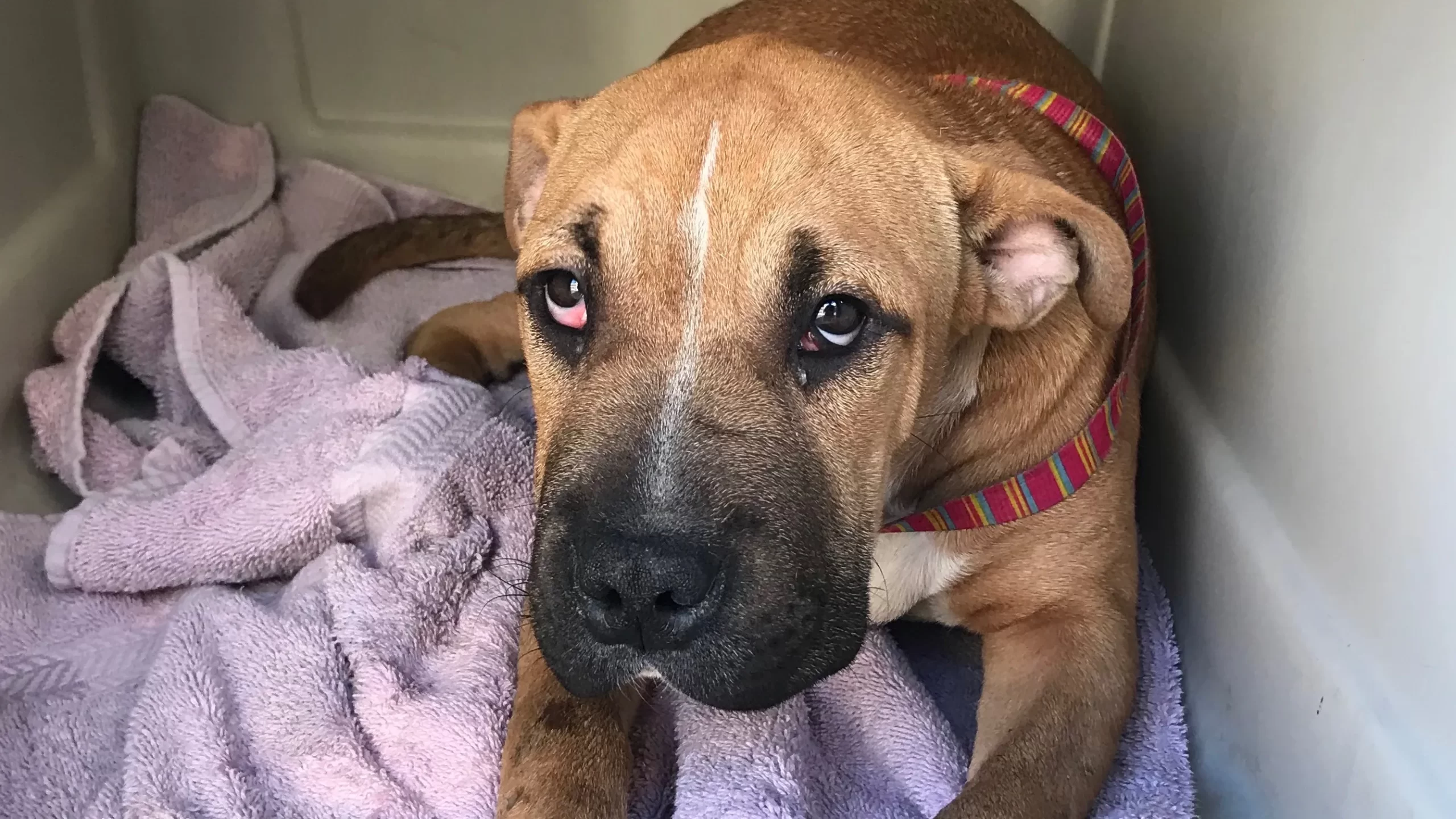
What To Do If Your Dog Is Infected With Parvo
If your dog has been infected with Parvovirus, here are a few things you must do.
1. Seek Medical Intervention
Even though parvovirus infection can be fatal, timely medical intervention can save your dear dog. Your veterinarian will provide supportive care to your pet while keeping them under observation. Fluid therapy, antibiotics, anti-vomiting, and anti-nausea medicines are administered during the treatment
2. Consider Electrolyte Supplements
Diarrhea and vomiting cause your poor doggo to lose a lot of fluid and vital minerals. So, continue giving them electrolyte supplements to keep them hydrated. Pedialyte is the favorite of most vets and dog owners.
You can choose that or some other rehydration therapy as per your vet’s recommendation. Feed them with a syringe or a tablespoon every few hours to prevent dehydration and make them feel better and a little more energetic.
3. Be Vigilant During The Recovery Period
When your dog is recovering, it will continue to shed the virus in its stool. This can infect other dogs which come in contact with it. So, keep your dog isolated for at least a month to prevent viral transmission.
After about 15-30 days, your veterinarian can test your dog’s stool sample to ensure they are free from the virus and can return to everyday life. You must talk to your vet about necessary precautions and future boosters to prevent re-infection.
4. Spray Contaminated Surfaces With Parvo Disinfectants
When your pet is confined to your home, cleaning the surfaces contaminated with their faeces is imperative to prevent future infections. Using common disinfectants like Lysol is not of much help since they are not effective against parvovirus. You must use disinfectants targeted specifically against parvovirus like bleach, Rescue, and Trifecta to make your home parvo-free for your dear doggie.
Frequently Asked Questions
What is canine parvovirus (CPV)?
Canine parvovirus is a highly contagious and potentially fatal viral disease that affects dogs. It attacks the gastrointestinal tract, leading to severe vomiting, diarrhea, and loss of appetite. It can also affect the immune system and, in some cases, the heart muscles.
How do dogs contract parvovirus?
Dogs contract parvovirus through direct contact with infected dogs or contact with contaminated environments. The virus can survive on surfaces for months, and it can be transmitted through faeces, clothing, shoes, or other objects that come into contact with an infected dog or its waste.
What are the symptoms of parvovirus in dogs?
Symptoms of parvovirus in dogs include severe vomiting, bloody diarrhea, lethargy, loss of appetite, and dehydration. If you suspect your dog has parvovirus, contact your veterinarian immediately.
How is parvovirus diagnosed?
Parvovirus is diagnosed through a combination of clinical signs and laboratory tests. Your veterinarian may perform a faecal test, a blood test, or both to confirm the presence of the virus.
Can parvovirus be treated?
There is no specific treatment to eliminate the virus, but supportive care can help manage the symptoms and prevent secondary infections. This may include IV fluids, anti-nausea medications, antibiotics, and pain relievers. Early and aggressive treatment is crucial for a dog’s recovery.
Is there a vaccine for parvovirus?
Yes, there is a vaccine for parvovirus, which is typically administered as part of a dog’s core vaccinations. Puppies should receive their first vaccine at around 6-8 weeks of age, followed by booster shots according to your veterinarian’s recommendations.
How can I prevent my dog from getting parvovirus?
To prevent your dog from getting parvovirus, make sure they are up to date on their vaccinations and avoid contact with infected dogs or contaminated environments. Maintain good hygiene by cleaning and disinfecting your dog’s living area, toys, and food/water bowls regularly.
Can humans get parvovirus from dogs?
Humans cannot contract canine parvovirus, but they can inadvertently spread the virus to other dogs through contaminated shoes or clothing. It is essential to practice good hygiene when handling a dog with parvovirus or being in contact with contaminated environments.
Is parvovirus contagious to other pets?
Parvovirus is highly contagious among dogs but is not known to infect other common household pets like cats. However, it is crucial to maintain good hygiene and separate infected dogs from healthy ones to prevent the spread of the virus.
How long does it take for a dog to recover from parvovirus?
Recovery time varies depending on the severity of the infection and the dog’s overall health. With prompt and aggressive treatment, some dogs may start showing improvement within 48-72 hours. Full recovery can take a few weeks or more, and your veterinarian will advise on when it’s safe to reintroduce your dog to other pets and public spaces.
Final Thoughts
Understanding the signs and symptoms of parvovirus in dogs is crucial for early detection and treatment. A dog infected with parvo may lose their appetite and be reluctant to drink water, which can lead to severe dehydration and complicate their recovery.
Providing the right care and support, including encouraging your dog to stay hydrated, is essential for their well-being during this challenging time.
If your dog is showing any signs of parvovirus or refuses to eat or drink, it is imperative to seek professional help from your veterinarian immediately. With timely intervention and appropriate treatment, your beloved pet has a better chance of making a full recovery from this potentially life-threatening illness.
Remember to keep your dog’s vaccinations up-to-date and maintain good hygiene practices to minimize the risk of parvovirus infection and ensure their long-term health and happiness.

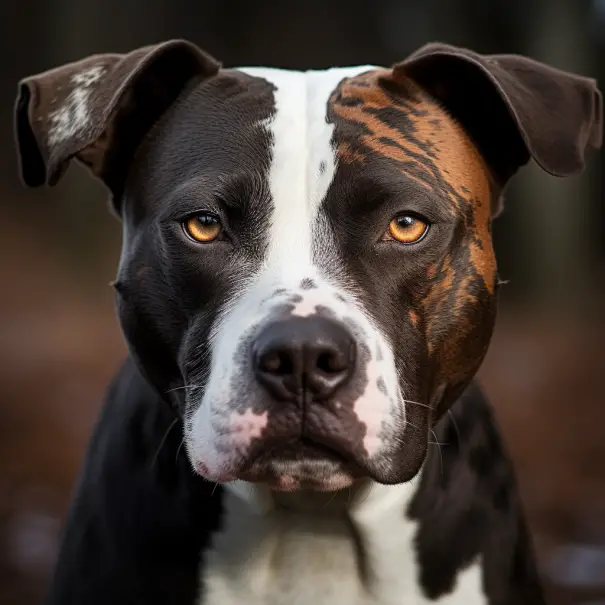
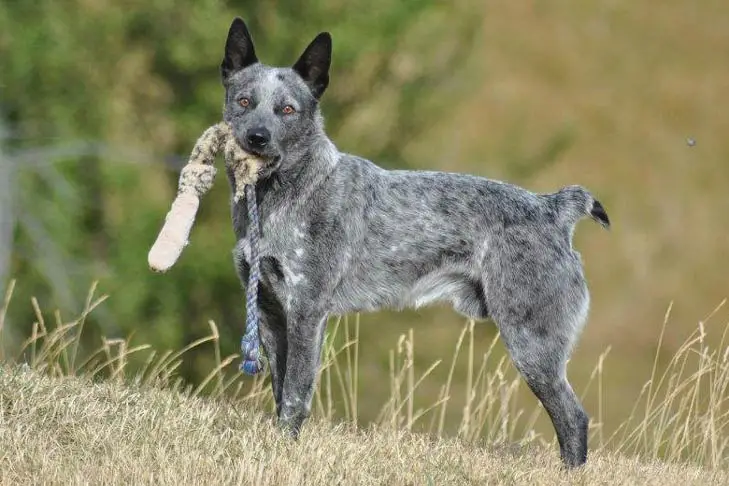
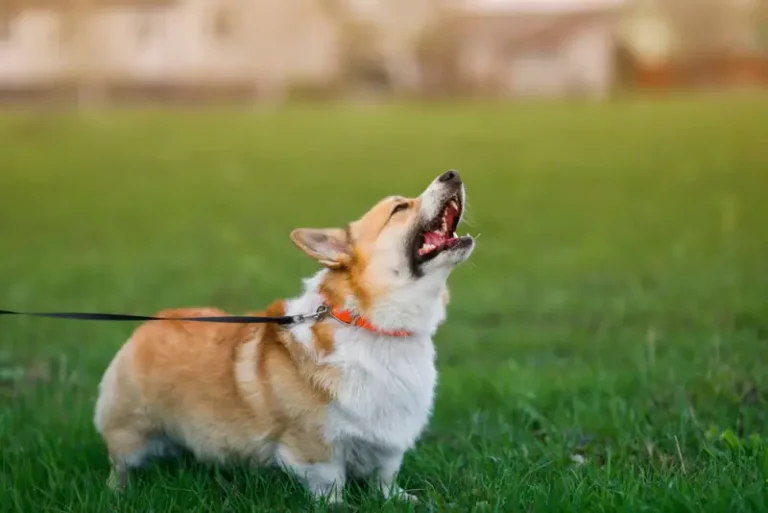
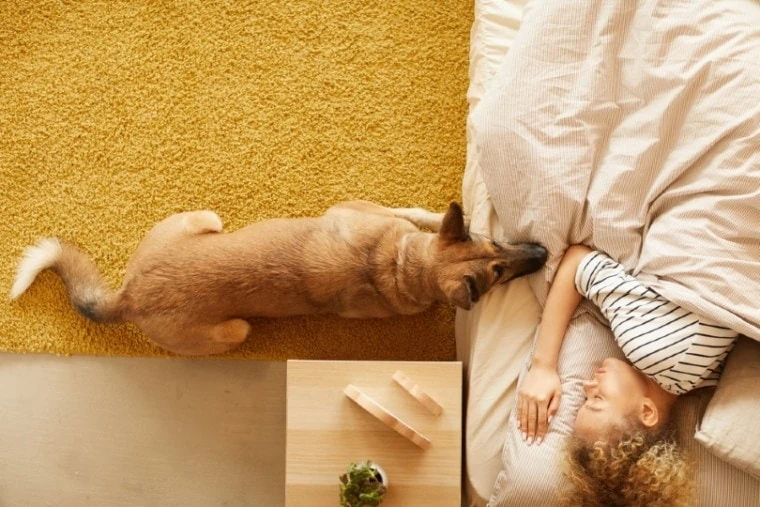
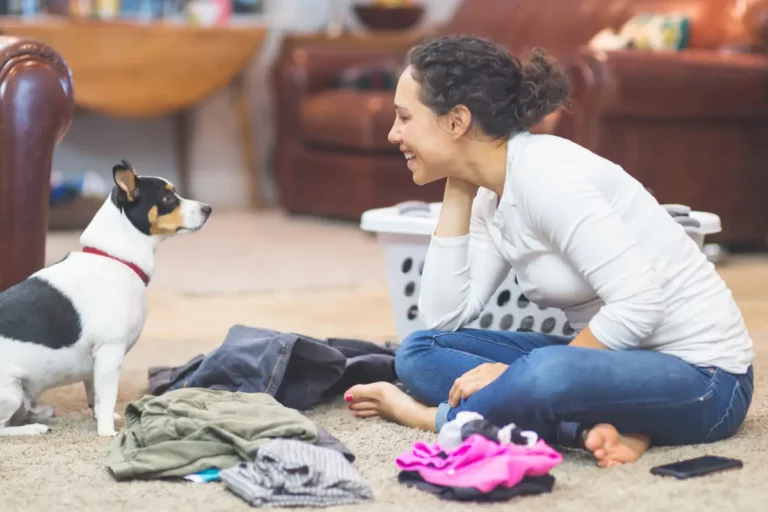
![Why is My Dog Panting at Night? [4 Reasons]](https://www.warmlypet.com/wp-content/uploads/2022/12/why-is-my-dog-panting-at-night-768x513.webp)